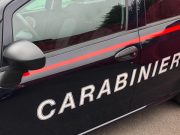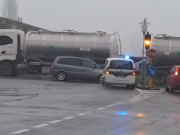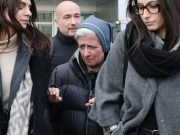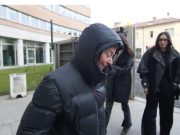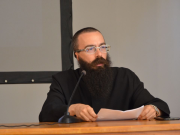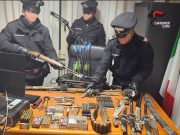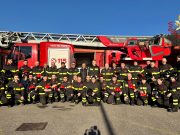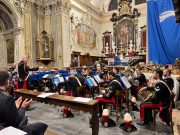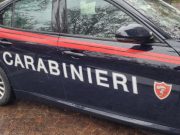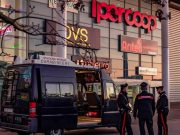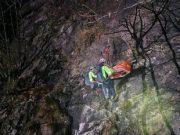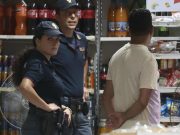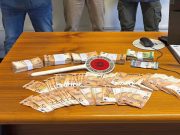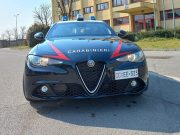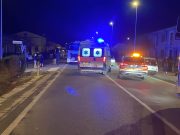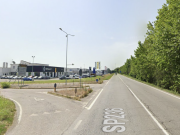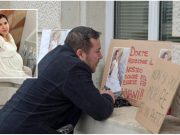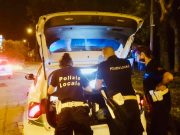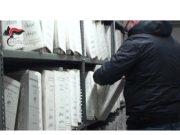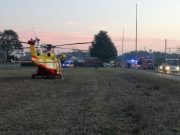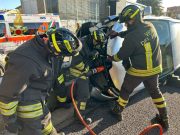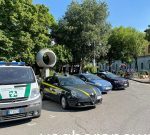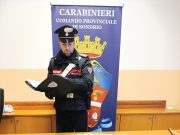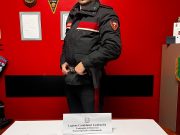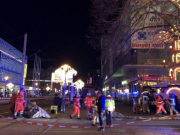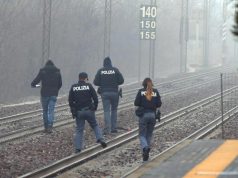Milano, 31 luglio 2023 – “That night we heard a deafening noise, it sounded like the spin cycle of a mega-washing machine, no one heard the thud. Then the rush to the ground floor, but we were barricaded inside: we managed to get out through a small door at the back.”
A large plane tree had crashed onto the cars parked along Via Lorenteggio, reaching the entrance of the oldest building on the street: blocked from the outside. Four cars were hit there, another three about ten meters ahead. A week after the downpour that unleashed on Milan, there are still crumpled sheets of metal, broken glass on the street, sawdust from the trees that were cut into pieces and removed 48 hours later. And there is a group of citizens who have joined forces.
“We didn’t know each other before, we recognized each other through our eyes – says Lorella Negrini -. Once we made sure that no one was hurt, which is what matters, we started to do something together. From this experience we bring home tears and smiles: there are those who came to take a selfie in front of our car, but we also received a lot of solidarity and new neighborhood relationships were formed that made us feel less alone.”
They created a WhatsApp group, “Danni Alberi Lorenteggio”, they tried to contact those who were away and only found out on Friday that their crushed cars were among them. Together, they hired an agronomist to understand – beyond the exceptional event – how the two fallen trees were doing and how the ones that survived next to their condominiums and the M4 construction sites were doing.
“If this had fallen against the building, it would have hit my balcony directly: they weigh 18 tons, if they are not firmly rooted to the ground, they are like falling bowling pins,” says Stefano Ragusa, 80 years old, who went down to the street at 4 in the morning on Monday to alert the firefighters. “It’s a 25 and a half meter tree, the roots were tiny in comparison: they are giants with clay feet, as the experts say. They need to be taken care of, well-maintained, and even for pruning you have to be careful or they risk becoming dangerous,” Andrea Di Lernia shows the ground without any trace of roots. The city has discovered its fragility – he emphasizes -. We are not used to events of this magnitude: I believe that for Milan it is a historic event that will somehow change perception and hopefully prevention as well. We need an assessment of the damage, but also extended monitoring and reflection. We all want a green city, but we need to know how to manage it.” They remember the busy phone lines during those hours, the intervention of the firefighters. “Very good, they helped us clear the street and recover our documents. No one had cordoned off the road before and it was chaos.” They send messages in the group, they give each other advice.
“The insurance companies don’t respond – they explain – if you are insured for atmospheric agents they tell you that they only cover hail, not natural disasters. We are simple families, in addition to the economic damage, for many of us, that car represented the only means to go to work every morning or to visit relatives outside the province.”
Like “Nerina”, which had been accompanying Andrea, Lorella, and the children to their grandparents in Valtellina and everywhere since 2015. Next to it is the car of the neighbor-painter: “He just found out about the damage, it’s essential for him to go to work: a disaster,” Stefano recalls. Another young neighbor tried to exorcise the nervousness by sticking signs on what until last week was her brand new hybrid car: “Smile, it’s ecological.” Now it’s gone. “We ask that something be learned from what happened – concludes the Lorenteggio group -. Solidarity makes the difference against the overwhelming loneliness of these moments, let’s try to unite our forces, protect each other, but let the institutions not leave us alone.”




